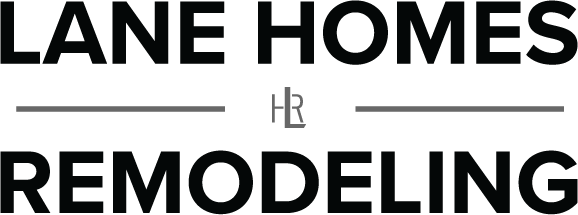Are There Tax Credits for Energy Efficient Upgrades?
It’s tax season and while this may not be the happiest time of year for you, there is some good news – the federal tax credits for energy efficiency were extended as part of the Consolidated Appropriations Act of 2021. If you made any qualifying home improvements to your primary residence since December 31, 2017, or plan to in 2021, you are eligible to claim them on your taxes for those years.
Energy Efficient Upgrades That Qualify for Tax Credits
Looking for the ENERGY STAR label makes it easy to identify products for your home that save energy, save money, and help protect the climate. Here are the highlights of ENERGY STAR certified equipment that is eligible for the tax credits.
ENERGY STAR Products That Qualify for Federal Tax Credits:
• Central air conditioning – Air conditioners recognized as ENERGY STAR Most Efficient meet the requirements for a $300 tax credit.
• Air-source heat pumps – Heat pumps that are ENERGY STAR certified qualify for a $300 tax credit.
• Gas, propane, or oil boilers – Gas powered boilers that are recognized as ENERGY STAR Most Efficient meet the requirements of this $150 tax credit, which includes installation costs.
• Natural gas, propane, or oil furnace – Gas furnaces that are ENERGY STAR certified (except those for U.S. South only) meet the requirements for the $150 furnace tax credit.Gas and oil furnaces that have earned the ENERGY STAR include fans that meet the requirements of the $150 fan tax credit.
• Advanced main air circulating fans – This fan must use no more than 2 percent of your furnace’s total energy to qualify for a $50 tax credit.
• Biomass stoves – Must have a thermal efficiency rating of at least 75 percent to qualify for the $200 tax credit.
• Water heaters (non-solar) – Most ENERGY STAR certified heat-pump water heaters are eligible for the $300 tax credit (i.e. those with an energy factor of 2.2 or more). The $300 credit can also be claimed for water heaters including gas, oil, and propane units with an energy factor of 0.82 or more, or a thermal efficiency of at least 90 percent.
Home Improvements That Qualify for Federal Tax Credits
Your home’s envelope includes the outer walls, windows, doors, and other openings. Upgrading your home’s envelope can improve the efficiency of your home and can qualify for the following tax credits:
• Windows, Doors, and Skylights – If you replaced any windows, doors, or skylights—or installed new ones that have earned the ENERGY STAR—you are eligible for a tax credit of 10 percent of the cost (not including installation) on up to $200 for windows and skylights and up to $500 for doors. You can also claim the credit if you installed a window or door where there was not one previously.
• Roofs (Metal and Asphalt) – Roofing materials that meet ENERGY STAR requirements with appropriate pigmented coatings and asphalt roofs with appropriate cooling granules qualify for a credit of 10 percent of the cost up to $500—not including installation.
• Insulation – Typical bulk insulation products, such as batts, rolls, blow-in fibers, rigid boards, expanding spray, and pour-in-place, can qualify for 10 percent of the cost, up to $500—not including installation costs. If you choose to install the insulation/home sealing products yourself, you can still get the credit.
• Products that air seal – Products that reduce air leaks can also qualify, as long as they come with a Manufacturer’s Certification Statement, including:
- Weather stripping
- Spray foam in a can, designed to air seal
- Caulk designed to air seal
- House wrap
How to Apply for the Federal Tax Credits for Energy Efficient Upgrades
Here’s the form you’ll need to apply for the tax credits: IRS Form 5695: Residential Energy Credits. If you have questions about how and when to apply, contact your tax preparer or the Internal Revenue Service (IRS) for more information.
The Renewable Energy tax credits have also been extended and now will be available through the end of 2023. These include incentives for Geothermal Heat Pumps, Residential Wind Turbines, Solar Energy Systems, and Fuel Cells.
For more information, visit ENERGY STAR’s page on Federal Tax Credits.
Author: Denise Minor-Hoes
























